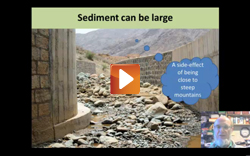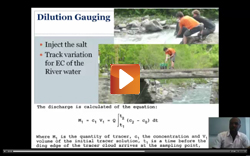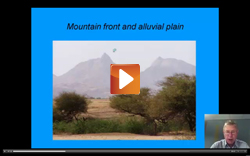The design, use and performance of spate irrigation systems are affected by the following hydrological factors:
- The volume of runoff from the catchment
- The timescale during which the flow occurs
- The size and probability of floods
- The climate in the irrigated area
- The reliability of rainfall and floods.
What makes these systems unique is the poor predictability of the flows that have to be utilized and the large amounts of sediments they bring in. Managing a spate irrigation system is about managing variable flows and sedimentation, and even making them work in favor of agricultural productivity.










